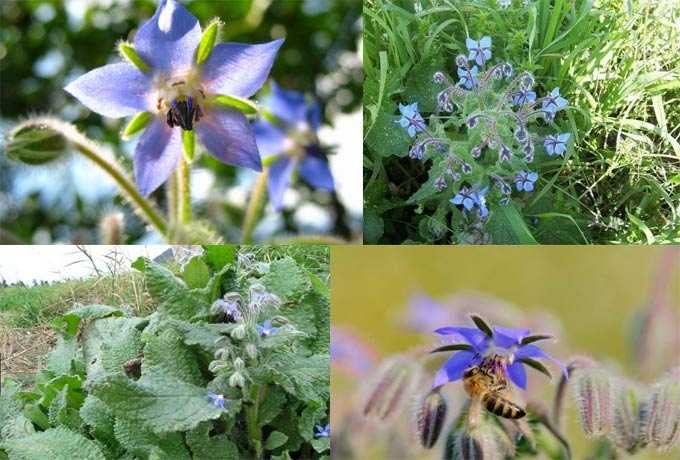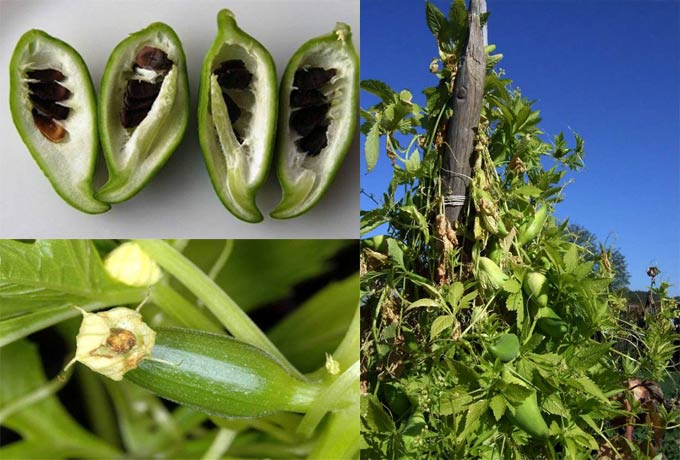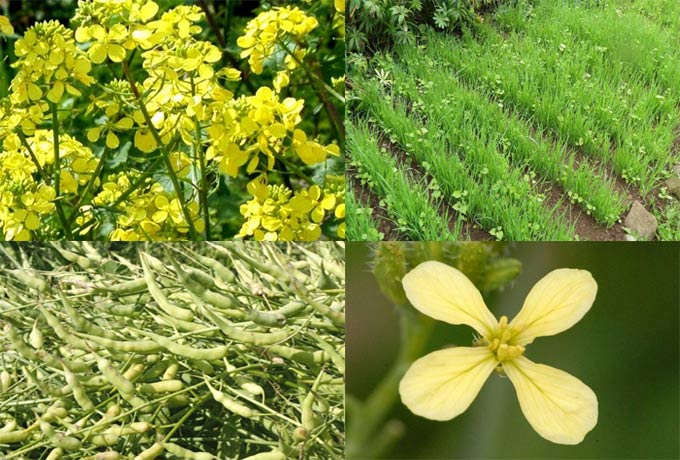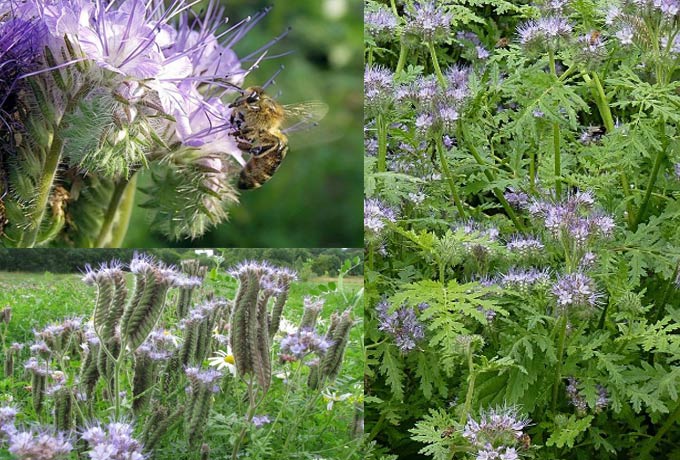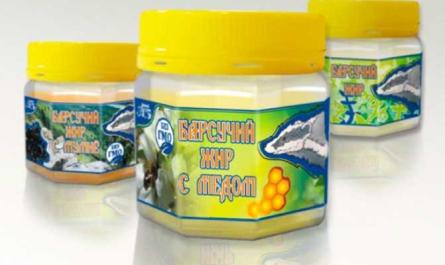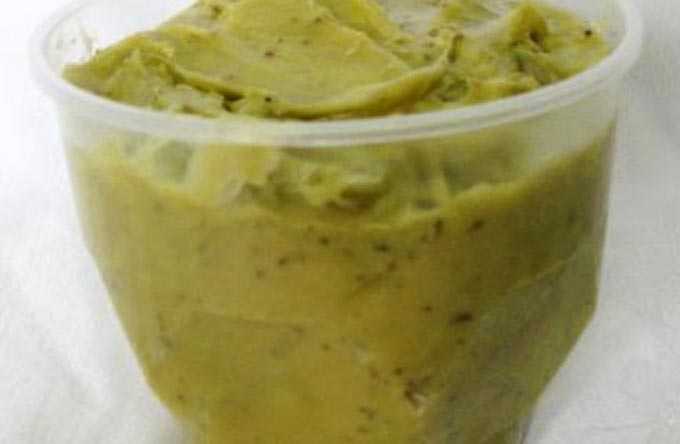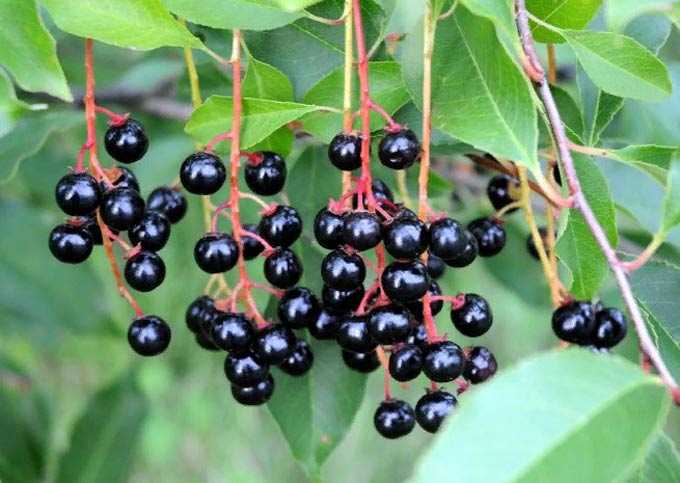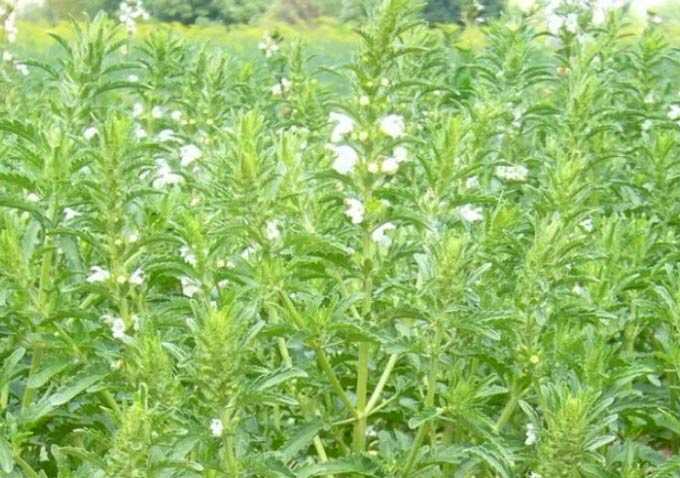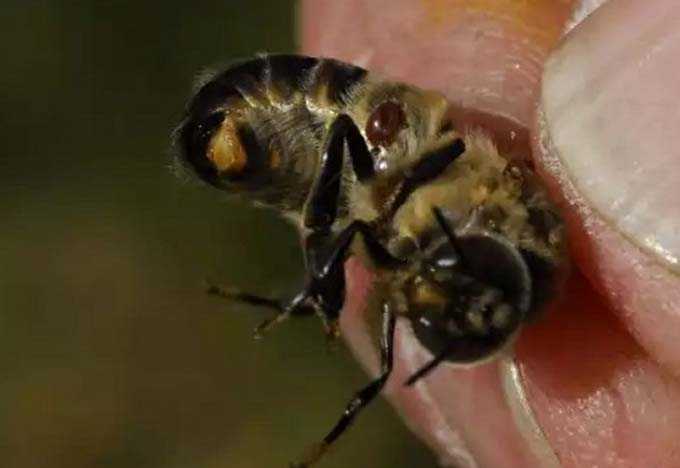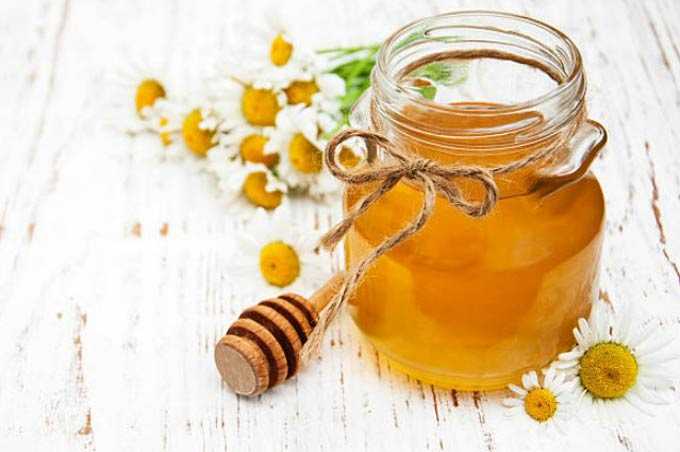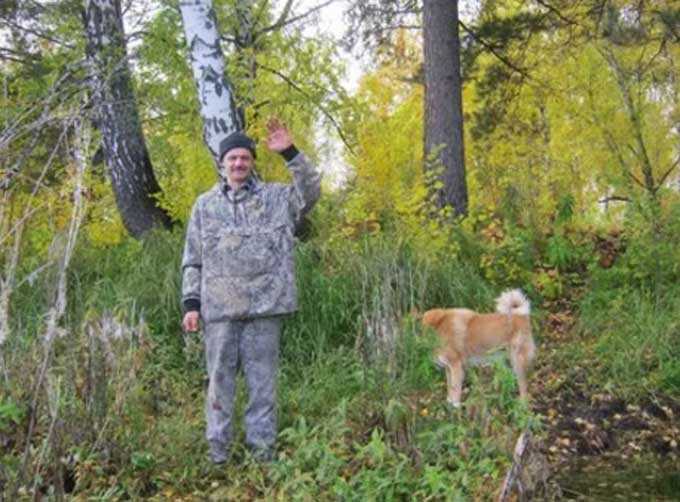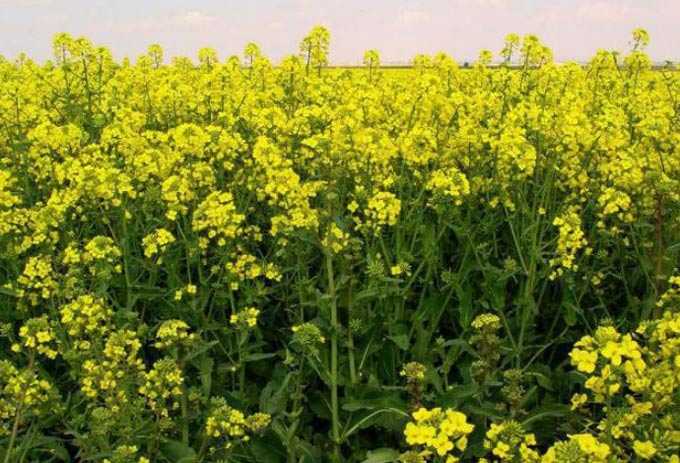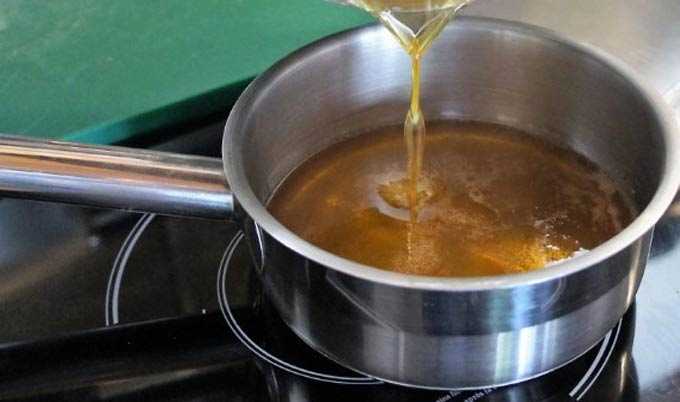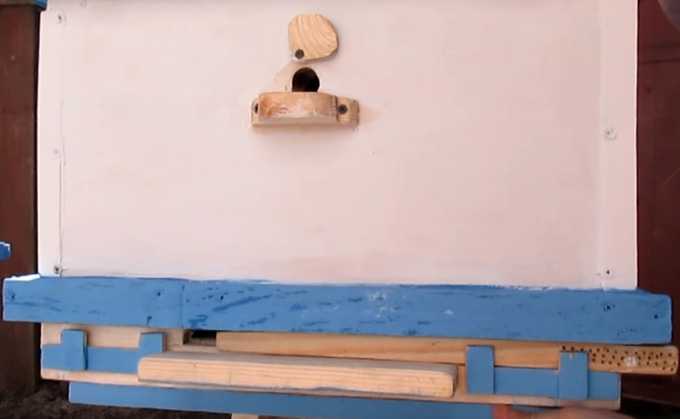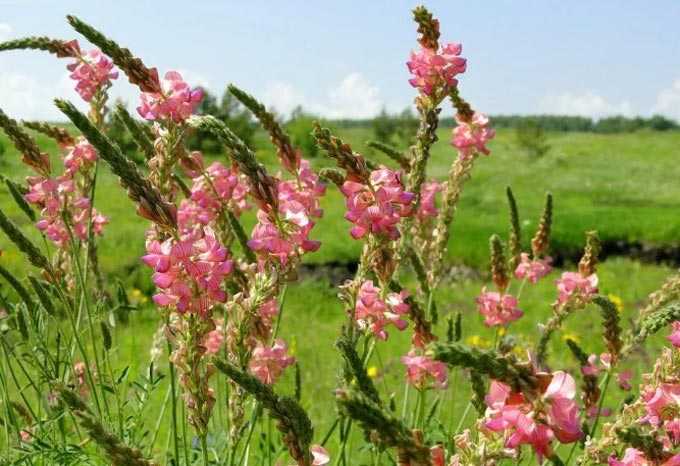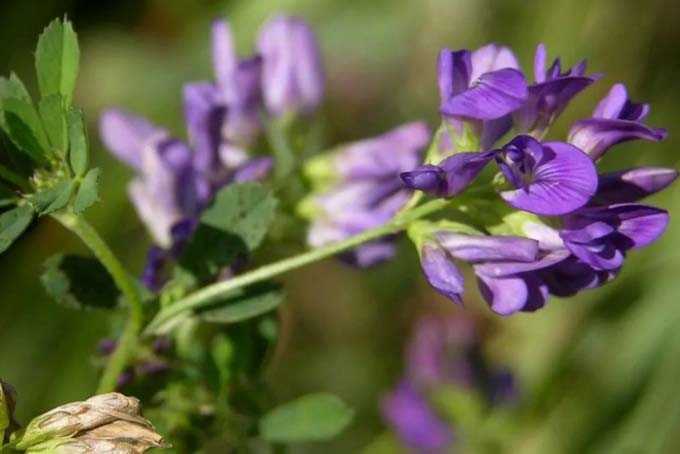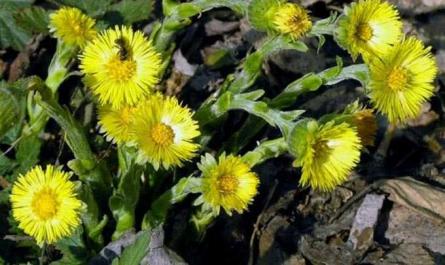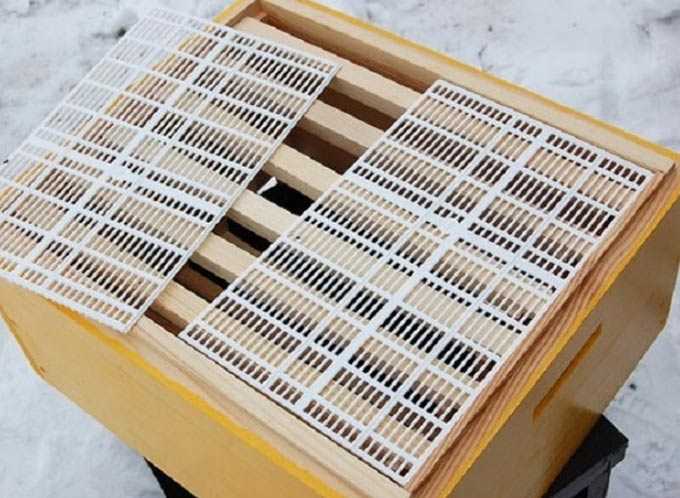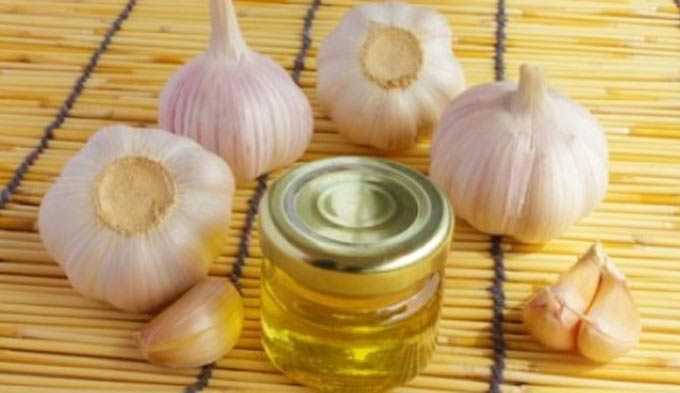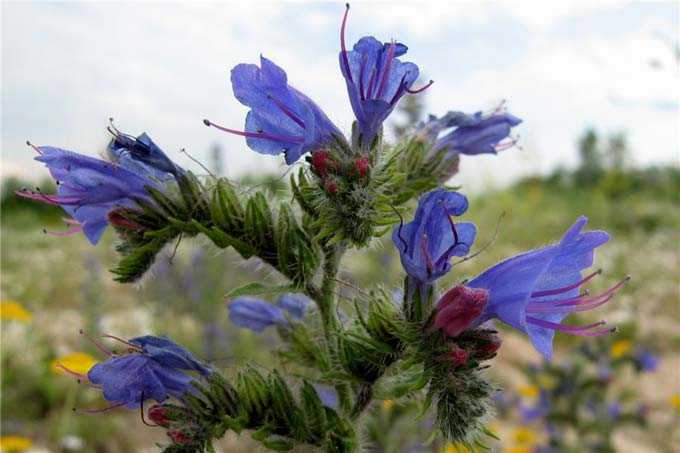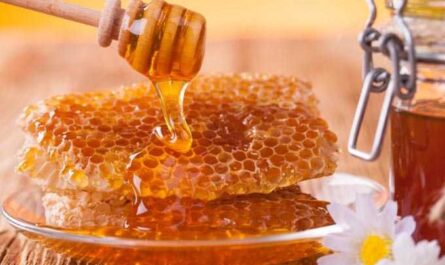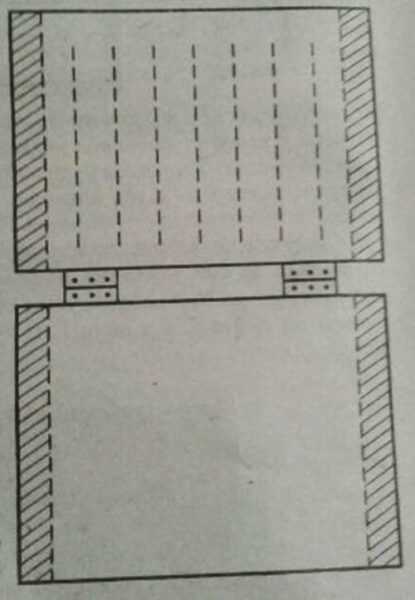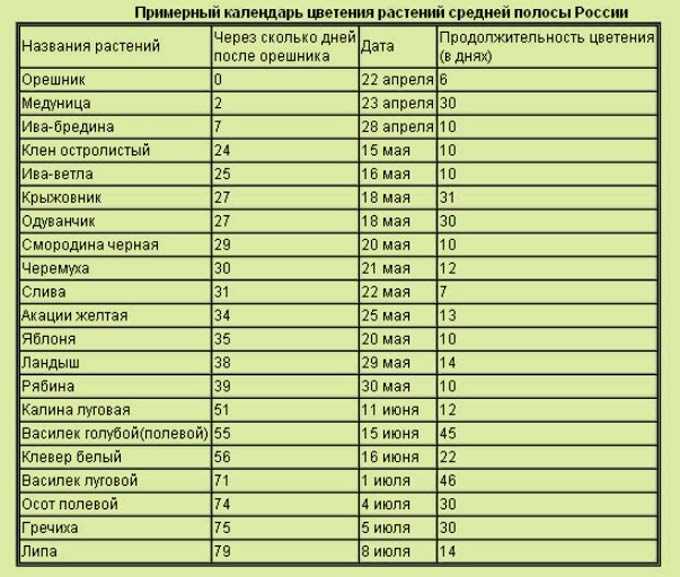Annual honey plants are a win-win option for a beekeeper when organizing a plot near an apiary, especially if it is possible to use agricultural machinery.
The duration of collecting nectar and pollen directly depends on the vagaries of the weather during the flowering period of honey plants. The more variety of grasses, shrubs and trees near the point, the higher the chances of getting a good bribe. After all, the flowering of one or more plants will necessarily coincide with warm, clear and dry weather.
The content of the article
- 1 Benefits of annuals
- 2 Overview of annuals
- 3 In conclusion
Benefits of annuals
Annual plants do not hibernate – they are not threatened with freezing in winter or spring, as is often the case with perennial and biennial melliferous plants (even if they are adapted to specific climatic conditions).
They are planted in the spring, which is very convenient. This is a period of active agricultural work – it will be easier to hire, for example, a tractor.
Bloom in summer or autumn, depending on the species. Plants providing late summer flow are of the greatest importance – in August and September there are few honey plants in nature.
We emphasize once again that the selection of annual honey plants completely depends on the climatic zone. Sowing is carried out as early as possible, more often simultaneously with the sowing of spring crops in the region.
Overview of annuals
For example, consider some annual melliferous plants.
Cucumber grass (another name “borago”, “borage medicinal”) belongs to the borage family. Feels good throughout the European part of our continent, reaching a height of 50-80 centimeters.
Most often it is a weed that infests uncultivated vegetable gardens or grows near dwellings. But it can be specially cultivated near apiaries or in a garden area. It is visited by bees throughout the day. It is a source of nectar and pollen. The grass blooms for a very long time – from the very beginning of summer until late autumn. Flowers bloom in turn.
It is sown in both narrow and wide rows. With the wide-row method, the seed consumption is lower – 10-12 kilograms per hectare. The first flowers bloom a month after sowing.
Care consists in weeding row spacings until the grass bushes close together, forming a continuous cover. Of the fertilizers, nitrogen-phosphorus-potash fertilizers are suitable (one ton per hectare).
The honey plant is easily propagated by self-seeding (for this reason, it is sometimes mistaken for a biennial). And to collect seeds, it is necessary to pull out the faded bushes, tie them into bunches and hang them under a canopy, spreading polyethylene or burlap on the ground. Seed material will be poured here as it ripens.
Nectar productivity is about 110-175, in some cases up to 450 kilograms per hectare. The pumped out honey has a pleasant aroma and taste. It is light yellow in color.
Cucumber beans or cyclone from the pumpkin family belongs to the thermophilic species, but at the same time it can withstand small frosts within -1, -3 degrees.
The plant looks very beautiful. When planted near fences or trees, the grass braids around the support and then throws out flowers. Only cyclantera sprouts are afraid of weeds.
It is planted in the ground at the same time as cucumbers. It blooms after 1,5 months and releases nectar until frost. The fruits can be eaten and obtained from them as seeds. For this, yellow, ripe samples are collected.
The exact honey productivity of the culture is not known!
Oilseed radish is also considered an excellent honey plant. It is also a valuable forage crop. Outwardly, the plant looks like a branchy, very tall grass (1-1,5 meters) with a pentahedral stem. Its small flowers are collected in fairly large clusters. There are always more of them on the central part than on the branches.
The culture is sown in the spring. If desired, a second sowing is done in early summer. The radish blooms 35-50 days after planting. Each of the flowers lives on average for three days, and sowing as a whole releases nectar within a month.
In autumn, bees collect nectar most actively during an hour in the morning – from 9 am to 10 am. In summer, this is the period from six to seven in the morning. The nectar productivity of the culture is about 40-45 kilograms per hectare.
Read more: Radish as a honey plant
Snakehead belongs to the labiate family. Valued as an essential oil plant. Outwardly, it is a medium-sized grass (from 40 to 70 cm) with an erect tetrahedral stem covered with simple leaves jagged along the edge. It blooms with white or blue-violet flowers, collected in whorls, for 40-50 days.
In beekeeping, the herb is prized as a late melliferous plant that releases nectar from mid-summer to September. It is often sown near stationary apiaries, as well as in gardens.
The recommended row spacing is 40-45 centimeters. The best soil: sod-podzolic or loamy (with appropriate feeding). The plant needs periodic processing of row spacings. Inflorescences bloom about 60-70 days after sowing.
Nectar productivity is about 150-200 kilograms per hectare of plantations.
Read more: Snakehead as a honey plant
Phacelia pimply – an unpretentious annual that gives nectar to bees at a time when there is still a lack of feed in nature. It is well visited by flight bees all day long.
Outwardly, it is a branched grass with a height of 30 to 80 centimeters, covered with pinnately dissected leaves. The inflorescences look like curls. The flowers are quite small, bluish, often irregular in shape. Thanks to its spectacular appearance, the plant can be grown in garden plots.
When planting, the culture is afraid of weeds – the soil must be well cultivated and enriched with phosphorus-potassium fertilizers. Sowing is usually done at two times, sometimes at 3-4 (it should be borne in mind that the activity of bees in August is noticeably lower than at the beginning of summer; there may also be losses in nectar due to a decrease in night temperatures).
The first planting is carried out in early spring – in March (blooms in the first decade of June), further:
- in April (flowers appear in the third decade of June);
- in May (blooms in mid-July);
- and optionally in June (blooms in mid-August).
Seed consumption rate: 10 kilograms per hectare.
Mass flowering takes three weeks on average. Nectar productivity is from 40 to 100 kilograms per hectare. In some cases, a record of 200 or more kilograms was recorded.
Read more: Phacelia as a honey plant
In conclusion
Which honey plants will be planted or sown near the apiary, each beekeeper decides for himself, based on the weather conditions of the region and his own capabilities.
Most biennials bloom only in the second year (a vivid example of sweet clover, bruise, common mullein).
Perennials are the most unpretentious plants in terms of agricultural technology – they do not have to cultivate the land every year, but they often bloom only from the second year. At the same time, there are real longevity champions, for example, Sylphia has been growing in one place for at least fifty years.
Read: Sylphia pierced-leaved as a melliferous plant
All annuals require large labor costs for sowing and tillage. But the beekeeper will receive honey from them in the first season after planting.
